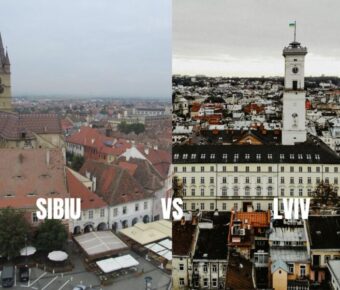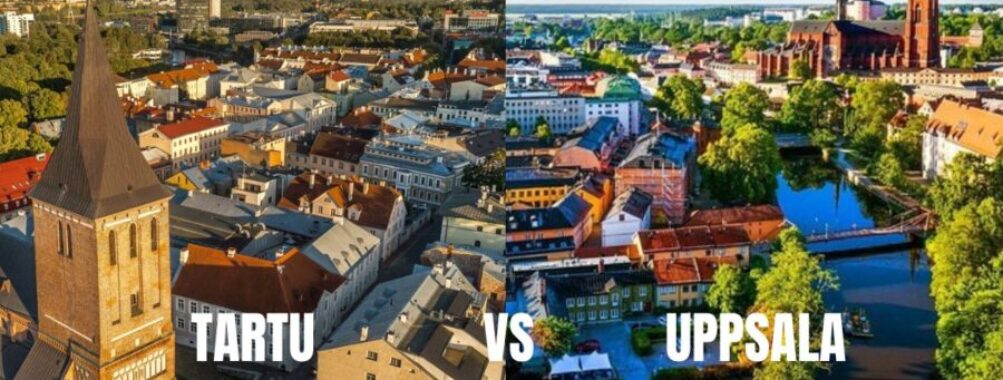
Tartu vs Uppsala: Ultimate 2025 Guide to Costs, Lifestyle & More
Let’s be honest—choosing between Tartu and Uppsala isn’t straightforward. Both cities have their own charm. Tartu radiates a relaxed, youthful energy, thanks to its historic university right in the heart of town. Uppsala, meanwhile, somehow manages to blend old-school tradition with modern comforts and a strong Swedish vibe. If you’re watching your wallet, Tartu wins by a landslide.
You’ll feel the difference in your rent, your groceries, and just about every daily expense. Sure, Uppsala is pricier, but you get quick access to Stockholm and a city polish that’s hard to resist. Tartu feels more intimate, with its cozy cafés and student buzz. The pace is gentler—easy to slip into and hard to leave behind.
Table of Contents
- Key Takeaways
- Key Differences Between Tartu and Uppsala
- Location and Overview
- Cultural Atmosphere
- Language and Local Life
- Cost of Living Comparison
- Housing and Rent Prices
- Daily Expenses and Groceries
- Dining and Restaurants
- Transportation and Accessibility
- Public Transit Options
- Travel Connections Between Cities
- Educational and University Life
- Student Experience
- Academic Reputation
- Health and Well-being
- Healthcare Quality
- Prevalence of Allergies and Atopy
- Lifestyle, Entertainment, and Leisure
- Sports and Fitness
- Nightlife and Social Scene
- Frequently Asked Questions
- What unique cultural experiences distinguish Tartu from Uppsala for a curious traveler?
- Can you highlight the key differences in the university life between Tartu University and Uppsala University?
- What are the hidden gems for dining in Tartu and Uppsala that only locals usually know about?
- In terms of sustainability and eco-friendliness, how do Tartu and Uppsala compare?
- What are the most striking architectural landmarks in Tartu and Uppsala, often overlooked by guidebooks?
- Could you shed light on the annual festivals or events in Tartu and Uppsala that are a must for visitors?
- Book Your Dream Experience
- More Travel Guides
Key Takeaways
- Tartu is easy on your budget and has a chill, student-focused atmosphere
- Uppsala is rich in cultural ties and just a quick hop to Sweden’s capital
- Each city offers its own spin on lifestyle, health, and leisure
Key Differences Between Tartu and Uppsala
Both cities are steeped in academic tradition, but they’re worlds apart in scale, cost, and daily rhythm. Tartu feels like a compact, intellectual playground. Uppsala? More of a bustling Swedish city with a strong student backbone.
Location and Overview

Tartu is tucked away in southeastern Estonia, about two hours by road from Tallinn. With around 100,000 people, it’s walkable, bikeable, and has that “big small town” vibe. Yet, it’s a national heavyweight for education and research.
Uppsala sits just north of Stockholm. Almost 180,000 people call it home, so it’s definitely bigger and a touch more urban. You can zip to Stockholm in under an hour, which keeps Uppsala closely linked to the capital, but it still does its own thing.
If cost is your main concern, Tartu is hands-down cheaper. Living expenses are about 37% lower in Tartu than in Uppsala, especially when it comes to rent and eating out. That’s a game-changer if you’re a student or planning to stick around.
Cultural Atmosphere
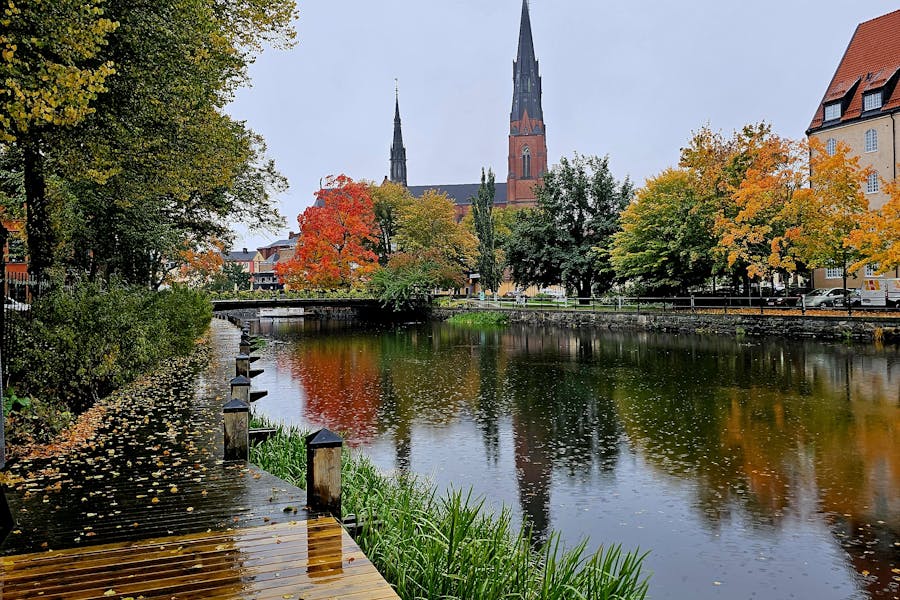
People call Tartu the intellectual heart of Estonia, and it shows. The University of Tartu pumps youthful energy into the city—think student-run events, quirky little cafés, and experimental art popping up everywhere. The vibe is laid-back; there’s no big-city rush.
Uppsala’s university is one of the oldest in Scandinavia, and tradition runs deep here. Student nations (kind of like clubs or fraternities) and academic ceremonies are a big deal. Sometimes it feels more formal, but student festivals bring tons of life.
Honestly, Tartu feels grassroots and creative, while Uppsala has this polished, historic, very Scandinavian feel. If you’re into cozy, low-key culture, Tartu might be your place. Prefer tradition and big events? Uppsala’s got it.
Language and Local Life
In Tartu, Estonian fills the air, but younger folks switch to English without blinking. I got by fine without knowing a word of Estonian. The city’s size makes it easy to chat with locals, and conversations feel personal and genuine.
Uppsala runs on Swedish, but English is everywhere, especially at the university. Life feels a bit more anonymous, just because it’s a bigger city. Still, the student crowd gives you plenty of chances to meet people.
The pace stands out too. Tartu moves slower; people actually pause for coffee or strolls along the Emajõgi River. Uppsala isn’t frantic, but it’s definitely quicker and has more of those big-city conveniences.
Cost of Living Comparison
Living in Tartu is just easier on your bank account. Housing, food, and transport all cost less in this Estonian university town. Sweden’s Uppsala has more variety, yes, but you’ll pay for it. Rent is where you’ll notice the gap most, but daily basics and eating out also sting less in Tartu.
Housing and Rent Prices
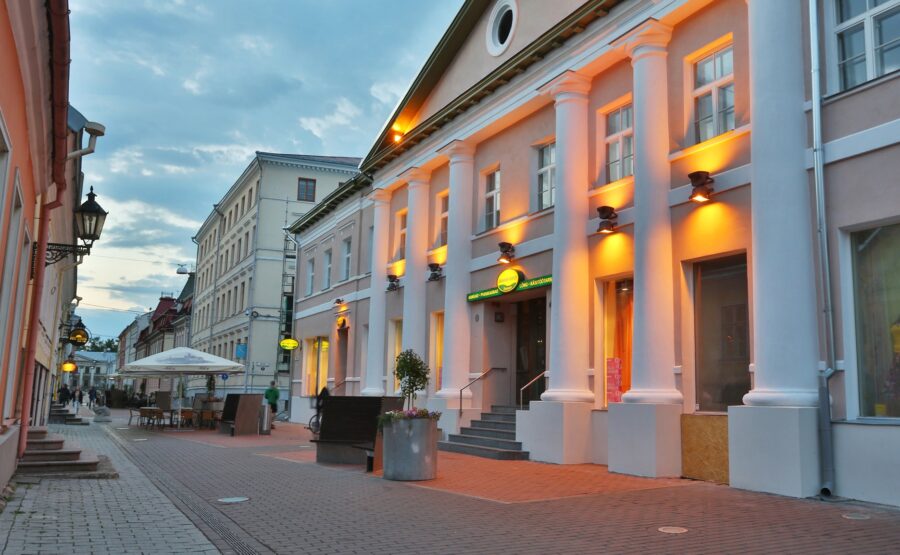
Renting in Tartu? You’ll be pleasantly surprised. Apartments cost way less than in Uppsala. A one-bedroom in Tartu’s center often runs at about half the price of a similar place in Uppsala.
It’s not just downtown, either. Suburban and student housing in Tartu is still a bargain. Uppsala’s proximity to Stockholm means higher demand and, well, higher rents.
Quick numbers: you’d need about 44,000 SEK in Uppsala to match the lifestyle you can have for just 27,360 SEK in Tartu. That’s a huge difference, especially for long-term stays.
If you’re moving with family, those savings stack up. Bigger apartments in Tartu remain accessible, while Uppsala’s can stretch your budget thin. Housing costs alone make Tartu a strong pick for families.
Daily Expenses and Groceries
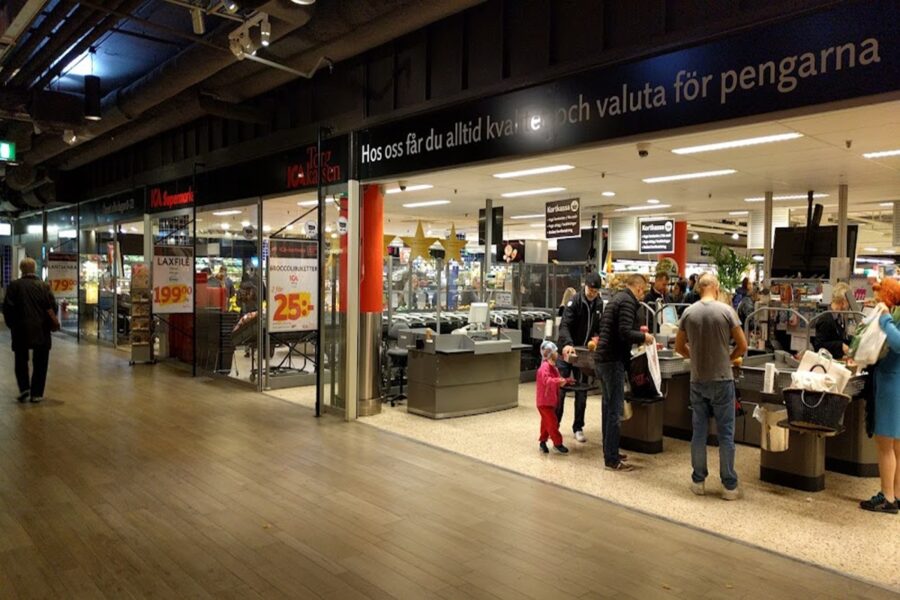
Groceries? Tartu takes the crown. Everyday stuff—bread, milk, rice—costs less in Estonia. If you’re a home cook, you’ll really feel the savings.
Transport is another area where Tartu makes life cheaper. Buses cost less, and the city’s so compact you might not need them much. Walking or biking gets you almost anywhere. Uppsala’s public transport is solid but pricier, and you’ll probably rely on it more.
One thing to remember: imported goods in Tartu can get pricey, and the selection’s smaller. If you crave international snacks or specialty cheeses, Uppsala’s supermarkets have more. But for local basics, Tartu is unbeatable.
When I lived in Estonia, my grocery bills just seemed to shrink. It happened without me even trying.
Dining and Restaurants

Eating out? Tartu wins again. You can grab a casual meal for way less than in Uppsala, where restaurant prices are consistently higher. Even a three-course dinner in Tartu feels like a steal compared to Sweden.
Cafés in Tartu are especially affordable. Coffee and a pastry won’t break the bank, so you can hang out as much as you like. In Uppsala, that habit gets expensive fast.
Uppsala does offer a wider range of international eats—sushi, Thai, Middle Eastern—you name it. But you’ll pay for the privilege.
If you plan to travel between these cities, investing in practical travel gear helps keep costs down, especially if you want to pack snacks or cook on the go.
Dining in Tartu is relaxed and easy on the budget. In Uppsala, it’s more of a splurge.
Transportation and Accessibility
Getting around both cities is pretty straightforward, but each has its quirks. You’ll spot differences in how locals commute, which options are easiest, and how well each city connects to bigger hubs.
Public Transit Options

Uppsala relies on buses for daily commutes. They run often, covering the city and nearby villages. Trains whisk you to Stockholm in under 40 minutes, so commuting is totally doable. A monthly pass can save you a fair bit.
Tartu’s system is smaller, but it gets the job done. Buses are simple to use—even if you don’t speak Estonian. I found them reliable, just not as frequent as Uppsala’s. Cycling is huge here, thanks to the flat terrain and compact layout.
Uppsala has really pushed to make public transport accessible for everyone, with barrier-free stops and vehicles. Tartu’s catching up, especially with cultural capital projects making events and venues more accessible.
Travel Connections Between Cities

Flying into Uppsala is a breeze—it’s just 30 minutes from Stockholm Arlanda Airport. You can check flights on KAYAK or wherever you like, and trains head straight to Uppsala.
Tartu has its own airport, but flights are limited. Most people land in Tallinn and take a two-hour bus or train south. Buses are frequent, cheap, and honestly pretty comfy—I’ve done the trip and had no complaints.
Within Estonia, Tartu connects well to other towns. Uppsala feels like part of the greater Stockholm commuter belt. If you’re lugging bags, luggage storage near stations is a lifesaver. And if you’re staying a while, booking accommodation near transit makes life easier.
Uppsala’s closeness to Sweden’s main airport gives it an edge for international travel. Tartu, though, offers a slower, more local pace once you’re there.
Educational and University Life
Both Tartu and Uppsala wear their university town status proudly. That shapes everything—culture, daily life, even how locals treat visitors. The student vibe is strong in both, but the scale and traditions are a bit different.
Student Experience
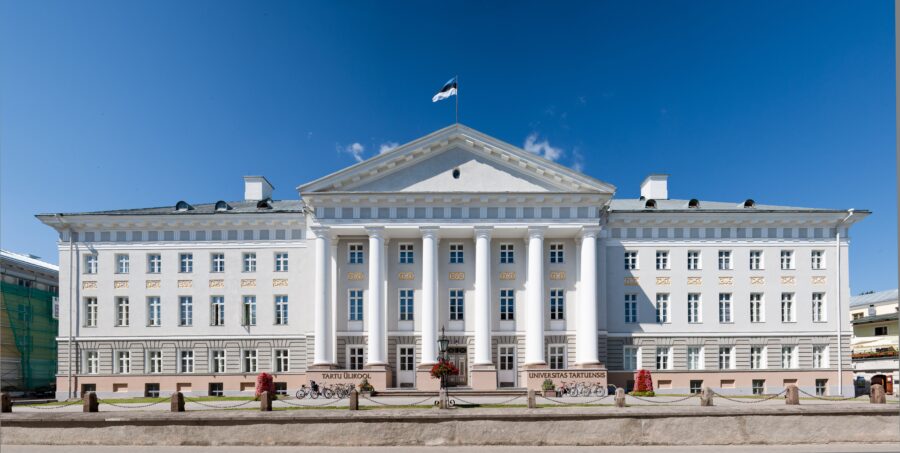
Tartu’s student-centered feel is everywhere. Locals even call it the city of students—the University of Tartu has been around since 1632. Walk the Old Town and you’ll find cozy cafés full of students, little bookshops, and affordable bars that actually feel welcoming.
Living costs are lower in Tartu, too. According to a cost of living comparison, you’ll spend less to live well. That’s a big deal on a student budget.
Uppsala has a bigger, more international student crowd. The city’s famous student nations—basically social clubs with centuries of history—give you structured ways to meet people and join events. It’s a bit more formal than Tartu’s scene, but the networking opportunities are endless.
If you’re into a walkable, close-knit community, Tartu feels more personal. If you want a bigger city with deep traditions and organized student life, Uppsala keeps you busy.
Academic Reputation
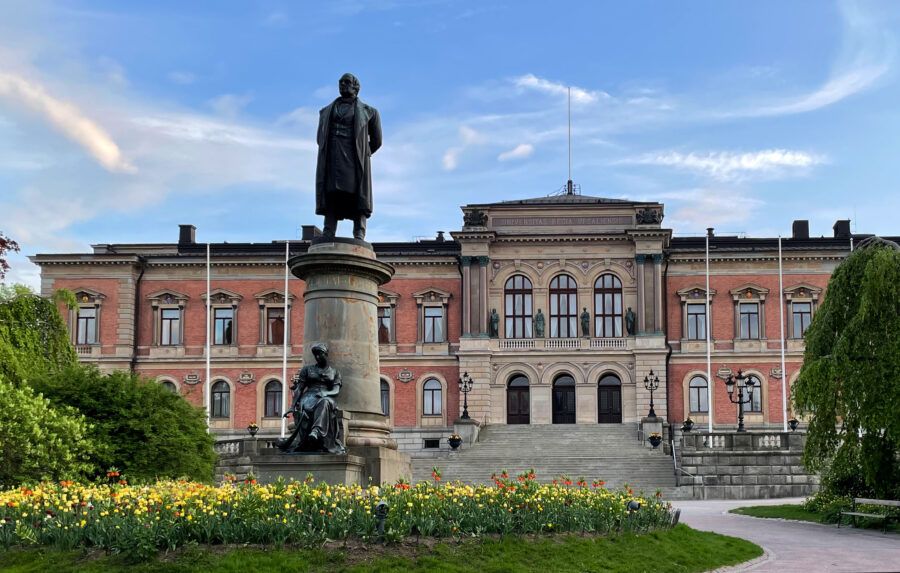
Both universities have serious academic clout, but their strengths differ. The University of Tartu is Estonia’s oldest and most respected university, and it’s a real powerhouse in the Baltics—especially in medicine, IT, and the sciences.
Uppsala University is one of Sweden’s oldest and most internationally known universities. It’s got long-standing global partnerships (including with Tartu), and it’s recognized for research across just about every field. Its name carries weight worldwide, which helps if you’re looking to work abroad after graduation.
Tartu’s programs often feel more specialized and focused, which is great if you know your path. Uppsala offers a wider range of courses and a bigger research community.
So, if you’re after a highly specific career, Tartu might give you that extra edge. But if you want a global brand and a vast network, Uppsala will open more doors.
Health and Well-being
Thinking about life in Tartu versus Uppsala? You’ll spot some real differences in how each city handles healthcare and the kinds of health issues locals deal with. Both cities have solid systems, but honestly, your experience as a patient can vary quite a bit.
Healthcare Quality
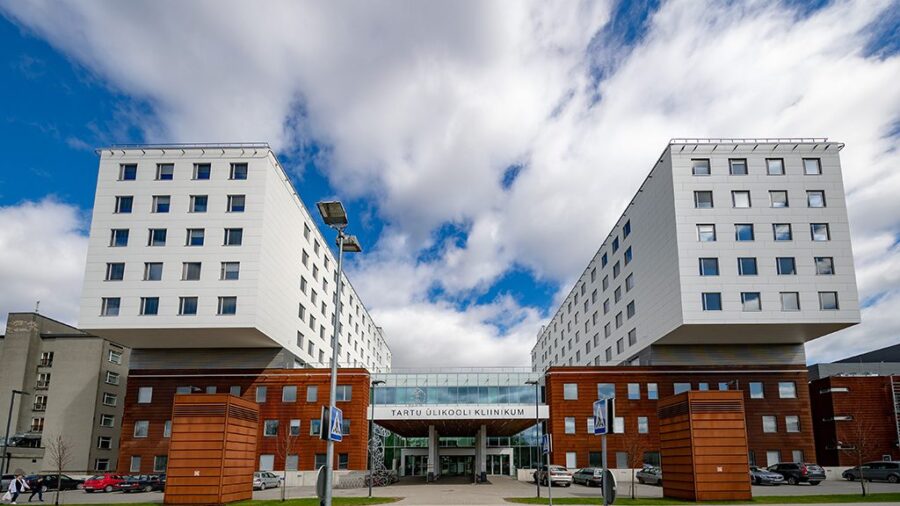
In Tartu, healthcare feels personal. I’ve found the clinics efficient, with staff who actually seem to care. You’ll probably notice shorter wait times, and it’s easy to get around town for appointments—no endless commutes or confusion about where to go.
Uppsala, while bigger and more international, boasts some top hospitals and fancy equipment. But here’s the thing: the system can drag a bit. If you’re used to speedy appointments, you might get a little impatient, especially with specialist referrals.
Both cities have up-to-date diagnostic tools. If you need lab work or a scan, you won’t feel like you’ve stepped back in time. If you’re just passing through, I’d really recommend checking out travel medical insurance—it’s not glamorous, but you’ll thank yourself later.
I’ve done checkups in both cities. In Tartu, I zipped through my appointment. In Uppsala, the staff were warm, but I spent more time waiting than actually seeing the doctor.
Prevalence of Allergies and Atopy
Allergies—who thinks about them before moving? In Uppsala, you can’t escape the pollen. Spring and early summer, especially, can be brutal if you’re sensitive to birch or grass. The city’s spot in Sweden doesn’t do you any favors there.
Tartu has its own allergy season, but it feels a bit more manageable. The air’s cleaner, and the city’s smaller, so there’s less pollution. Still, don’t let the rural vibe fool you—pollen finds its way everywhere.
Asthma and atopic issues crop up in both places, but doctors know their stuff. Pharmacies stock what you need, and no one bats an eye if you show up with seasonal complaints.
If you’re like me and allergies are just… a thing, you’ll feel the difference. Uppsala’s pollen hit me harder, while Tartu felt easier on my sinuses. Always worth checking the local pollen forecast before planning a picnic, trust me.
Lifestyle, Entertainment, and Leisure
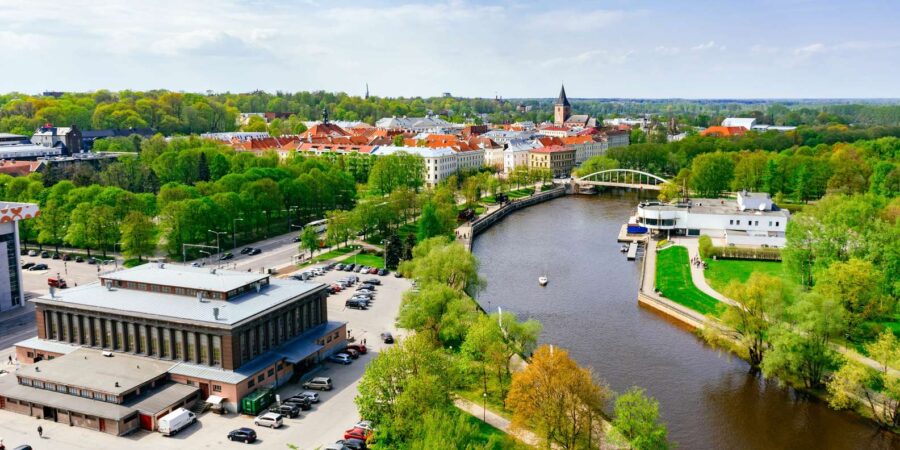
Tartu and Uppsala both pack in outdoor adventures, cultural events, and plenty of social hangouts. Student life really sets the tone, from sports to late-night cafés and bars.
Sports and Fitness
Tartu’s a walker’s paradise. You can get almost anywhere on foot, which keeps everyone moving. The city’s full of green parks, riverside paths, and, come winter, even cross-country ski trails.
Locals love to cycle or rollerblade, and honestly, the compact layout means you’ll squeeze in exercise without really trying.
Uppsala spreads out more, with a bigger menu of sports clubs and gyms. Into rowing? The Fyris River’s the place. And don’t worry about the cold—there are indoor arenas for football, hockey, and swimming when winter drags on.
Fitness centers are affordable in both cities, but Uppsala leans into organized clubs. Tartu feels more chill—people just jog along the river or throw together a basketball game. If you’re craving something different, you can always book a guided activity or day trip through GetYourGuide.
Nightlife and Social Scene
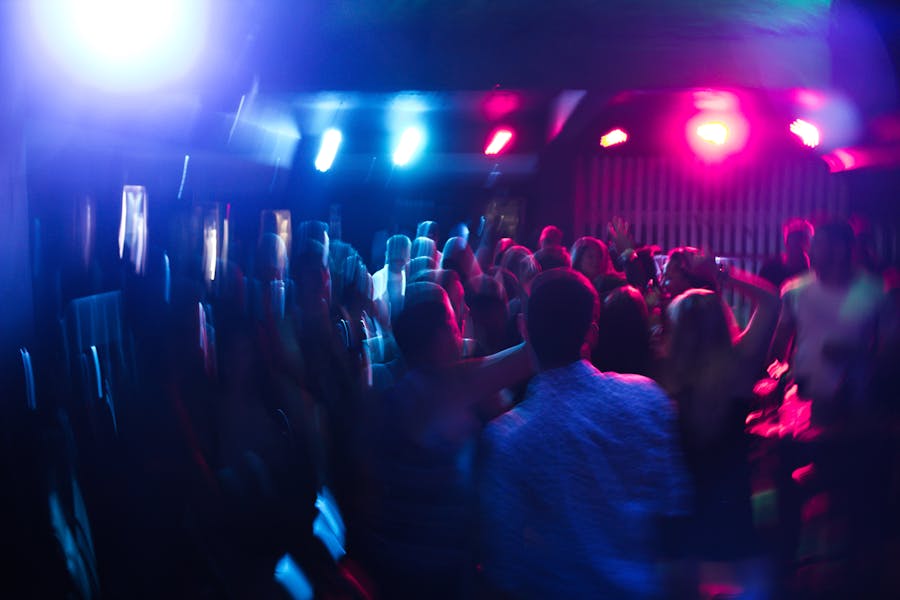
Tartu’s nightlife? It’s young, fun, and doesn’t break the bank. Students fill up the pubs and live music spots, and it’s not just a weekend thing—weeknights get pretty lively too. Drinks are cheap, and the vibe’s more about cozy bars than glitzy clubs.
Uppsala’s scene feels a bit more polished. The historic student “nations” run their own bars, concerts, and quirky events. These places are a tradition you won’t find anywhere else, and honestly, they’re worth checking out.
Not a drinker? No problem. Both cities have late-night cafés and a steady stream of cultural happenings. In Tartu, you might stumble into a film festival or an outdoor concert. Uppsala brings classical performances and seasonal markets, and there’s always something to do beyond the usual bar crawl.
Frequently Asked Questions
Tartu and Uppsala both pulse with academic energy, but once you’re there, the differences jump out. The culture, food, architecture, and even the way each city thinks about sustainability all set them apart.
What unique cultural experiences distinguish Tartu from Uppsala for a curious traveler?
Tartu wears its “intellectual hub” badge proudly. The University shapes the city vibe, and you’ll find quirky student traditions mixed with a lively arts scene. I once wandered into a poetry night in a tiny café—one of those moments that feels too local for any guidebook.
Uppsala, though, leans into its historic side. Medieval roots run deep, and you’ll hear cathedral concerts or bump into centuries-old student nations. It’s a city where tradition just weaves into daily life.
Can you highlight the key differences in the university life between Tartu University and Uppsala University?
The University of Tartu feels small and close-knit. International students often say it’s welcoming, and honestly, the whole city seems to revolve around campus life. Even the cafés double as study spaces.
Uppsala University is huge by comparison—one of Scandinavia’s oldest, with a student body to match. The student nations are a thing unto themselves; you join one, and suddenly you’ve got a built-in social life. I remember grabbing a beer at a student-run pub in Uppsala—chaotic, traditional, and nothing like what I’d seen in Tartu.
Tartu’s best eats are off the main square, in basement cafés or family joints you’d walk right past. There’s a spot near the river where the Estonian comfort food is cheap and it feels like you’re having dinner at someone’s grandma’s place.
Uppsala hides a few student pubs with hearty meals at prices that’ll surprise you for Sweden. If you wander away from the cathedral, you’ll stumble on tiny bakeries serving cinnamon buns that could give Stockholm a run for its money—without the tourist crowds.
In terms of sustainability and eco-friendliness, how do Tartu and Uppsala compare?
Uppsala goes all-in on green living. The city invests in cycling lanes, renewable energy, and you’ll trip over recycling bins on every block. It’s organized—very Swedish, really.
Tartu’s efforts feel more grassroots. The city experiments with smart tech and digital solutions, which fits Estonia’s reputation. You’ll spot bike shares and plenty of green spaces, though it’s not as slick as Uppsala’s setup.
What are the most striking architectural landmarks in Tartu and Uppsala, often overlooked by guidebooks?
Tartu’s got these old wooden houses scattered around—easy to miss, but they tell a story you won’t get from grander buildings. I also love the leaning house by the river; it looks like it’s about to topple, but it’s actually an art museum.
Uppsala’s cathedral gets all the attention, but don’t skip the botanical garden or the Gustavianum. The anatomical theater inside the Gustavianum feels like a time machine, and most visitors just walk right by.
Could you shed light on the annual festivals or events in Tartu and Uppsala that are a must for visitors?
Tartu bursts into life every spring with “Student Days,” a festival that’s honestly a bit wild—in the best possible way. Picture quirky competitions, outdoor concerts, and students racing homemade rafts down the river, all happening at once.
If you’re lucky enough to visit that week, you’ll catch the city at its most vibrant. The energy is contagious, and you’ll probably find yourself swept up in the fun whether you planned to or not.
Over in Uppsala, Valborg is the main event, and it’s not something you want to miss if you’re around on April 30. The whole city transforms into a massive student party, with bonfires lighting up the evening, choral singing echoing through the streets, and raft races that are just as chaotic as they sound.
I went once, and let me tell you, it’s one of those festivals where you really have to pace yourself. It’s a marathon celebration, not a sprint—so maybe go easy on the champagne in the morning.


